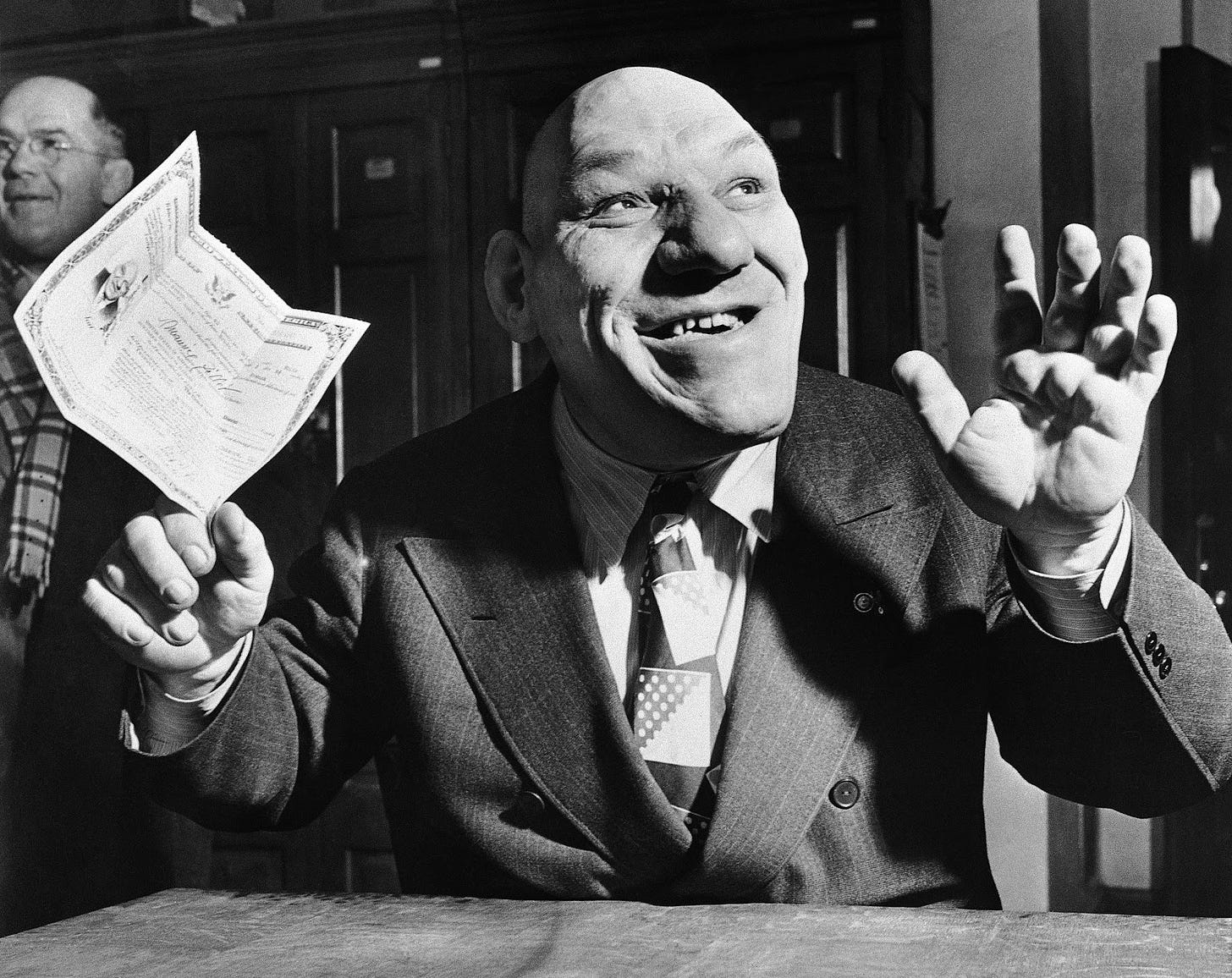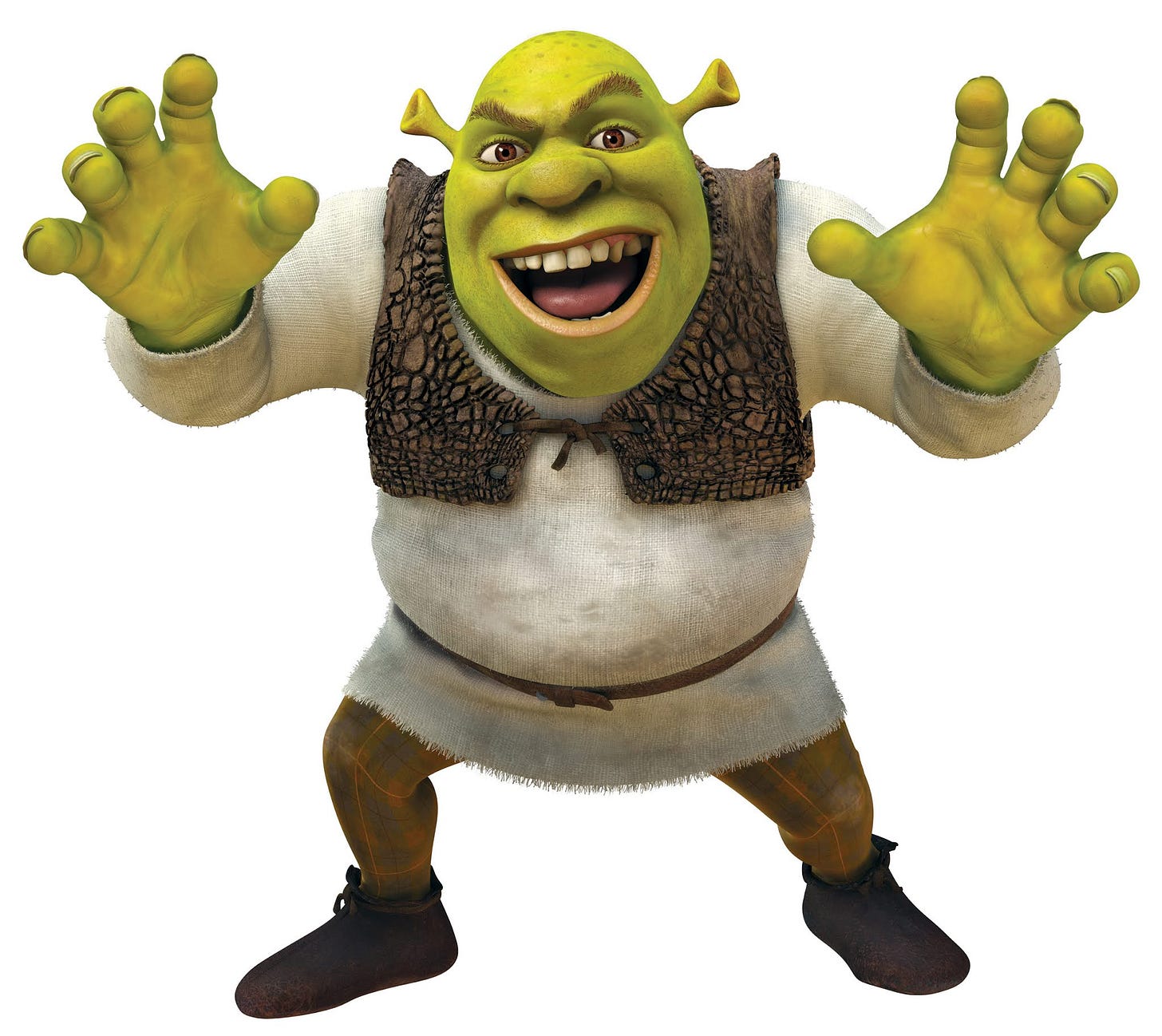Did you ever watch Bob Ross’ show The Joy of Painting? If so, you’re going to be just fine.
For those that haven’t...do you always make bad choices or just in the things you choose to watch on TV? Because it was something magical. To describe it, I would say…let’s see. It was…
uh…I….whew…
I have no idea how to describe Bob Ross to someone who has never seen it.
I hate doing this but…ChatGPT…get in here and explain who Bob Ross is to someone who makes bad decisions!
“Bob Ross was a famous artist and TV personality known for his calm and positive approach to painting. He believed in embracing mistakes, finding joy in the process, and adopting a positive mindset. For someone who makes bad decisions, Bob Ross's teachings can encourage them to learn from mistakes, approach decisions with a forgiving mindset, and take the time to make thoughtful choices.” -ChatGPT
Dear lord. Maybe these bots are going to take over after all because that was poetic. Not only was that better than I’ve ever heard anyone describe Bob Ross, but it perfectly segues me to the next topic. Let’s take a look at that last line. “Take the time to make thoughtful choices.”
Making Thoughtful Choices
So one thing that stands out about The Joy of Painting is that it always took place in a black void. He would be just a man, an easel, and some Van Dyke Brown away from crafting a majestic valley or mountain. He never needed to see a real little bush to recreate it. He could do it all entirely from his mind.
And that is how a lot of us think of artists creating. Standing alone in your studio making mindful choices while crafting your finished piece.
And when I was a kid and started to try to create my own art this way, I sucked at it. But the problem was I really tried to get better. I would draw and draw and draw again but I never improved. So like all 8th graders, I resorted to just drawing this random “S” thing we all made at some point.
During my college years, I decided to turn my hobby into a career path by pursuing a degree in Photography. At my college, Photography fell under the umbrella of the Art Department, and anyone seeking a degree in that department was required to take foundational art courses, including drawing.
Naturally, I was apprehensive because I had never experienced any noticeable improvement despite years of drawing. However, once I began the drawing class, I soon realized that I had been approaching it incorrectly all along. My previous attempts revolved around replicating the process I had seen from Bob Ross by creating images solely from my imagination. If I wanted to draw an apple, I would conjure up an image of an apple in my mind and proceed from there. It never occurred to me that I should obtain an actual apple and truly observe it. Instead, I would simply think of the color "red" and hastily scribble some indistinct red shapes onto the page. When I would look at the result, it would appear terrible, leaving me at a loss as to how to improve.
Those courses taught me that one can gain a much deeper understanding of the world around them by temporarily setting aside their imagination and allowing their eyes to guide them. It became evident that paying close attention to what one sees, rather than relying on preconceived notions, is the key. I learned to study the subtle nuances of color diligently and the varying levels of reflection on an apple's skin, rather than simply labeling it as "red.".
Let’s test this out.
Think about the room you are currently in. Don’t look up but think of the color of the ceiling. Now, lift your head toward the ceiling and take a look. Really look. Don’t just think about the paint color, actually look at the colors as they exist in front of you. Even if the ceiling is painted white, it may appear more gray than white if not illuminated. The lights in the room may be casting a color or some colors may be bleeding onto the ceiling from the surrounding colored walls.
An individual would not usually be able to pick up on every detail in the room by pure memory alone. Normally, there are just too many objects and details to remember. This is where analyzing reference helps the artist correctly recall details of the world. Human beings are much better at distinguishing specific characteristics of an object, like color and brightness, with much more accuracy when using a visual example and not simply by relying on their memory.
Research has shown that while the eye can perceive objects as thousands of different colors, the brain tries to categorize everything into about 11 different color categories. Things are either blue, red, black, white, etc. People often remember apples as pure red, lemons as yellow, and eggplants as purple when in reality the actual color of those objects can be much more diverse. The human mind distorts our memory of a given object so it more neatly falls into one of those verbal categories.
Therefore, it is vital to have an actual visual representation of an object as reference. Whether it is a photograph, sculpture, painting, or the object itself, it must be something tangible that the artist can compare against when creating. Relying solely on the mind’s eye will lead to inaccurate and ultimately less successful results.
What About An Animated Project with a Fictitious Character?
Some might think reference images are unnecessary since the particular project they are working on is abstract and consists of an imaginary character not found in the world. This is absolutely not the case. Reference plays a large role in animated projects with imaginary characters. The one thing to remember is that, although the characters are unique, all their individual elements can be based on real-life objects as components.
An imaginary character like Shrek is a great example of this. No ogres are found in nature, but artists often reference human characteristics so the audience can more easily connect with the character. In fact, some people believe the artists who designed Shrek referenced one particular human named Maurice Tillet. Tillet was a professional wrestler from the 1930s to the 1950s but was also a scholar who wrote poetry and spoke 14 different languages. He suffered from a medical condition called Acromegaly which caused his bones to grow uncontrollably.
Whether or not he was the basis for Shrek, we can begin to get an understanding of how an artist can use real-world characteristics to help design fantastical characters.
Why Would I Need to Learn to Process Reference in an AI World?
Because learning to observe the visual world around you, process it internally with everything else you know, and create something based on those experiences is exactly what being an artist is. The magical element is the middle part, where your brain churns through that input, making something uniquely beautiful. An AI-based system serving an unknown number of artists could never do that. That is what you are here for. Do you think Shrek would have looked like that without that artist’s unique design based on Tillet’s images?
So whether it is a pen, a computer, or a cloud-based AI bot, it is just a tool used in your artistic process. You must give that artwork a unique voice. A voice based on the places you’ve lived, the people you meet, and something only one single entity could produce.
Conclusion
As practical advice, if you are struggling and feeling creatively backed up, my advice would be to try shutting your brain off and trust your eyes. Study references or real-world objects and they will help you better grasp what you are looking to create. And if you need help switching gears in your work, I will provide you a Bob Ross painting video. But again…how do I convince someone in 2023 to watch a Bob Ross video…oh wait…ChatGPT I need you back in here! Can you write a headline for a Bob Ross video but make it like a headline from a Buzzfeed article?
Discover the Untold Secrets of Bob Ross: 7 Surprising Facts That Will Change How You See the Iconic Painter Forever!
3D News of the Week
A roundup of interesting 3D related news you may have missed this week.
Reality Scan Now Available on Android - 80.lv
AR experiences to the next level! - LinkedIn.com
Reconstructing indoor spaces with NeRF - google.blog
Reallusion ships Headshot 2.0 - cgchannel.com
Epic Games Releases Electric Dreams Environment Sample Project - 80.lv
Artist of the Week
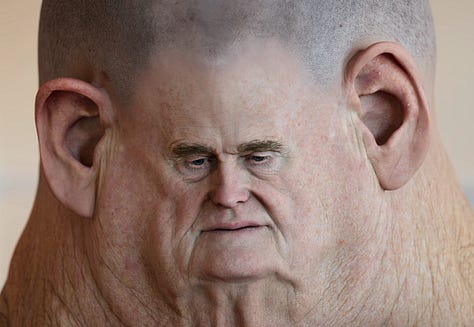
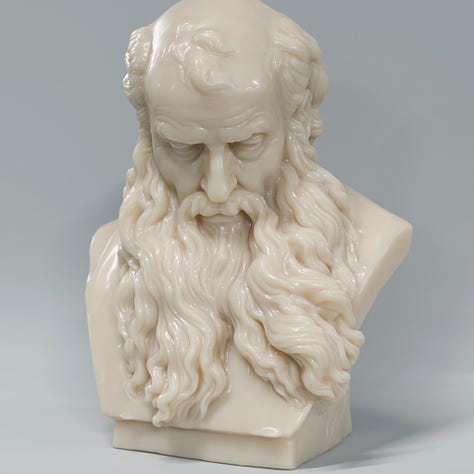
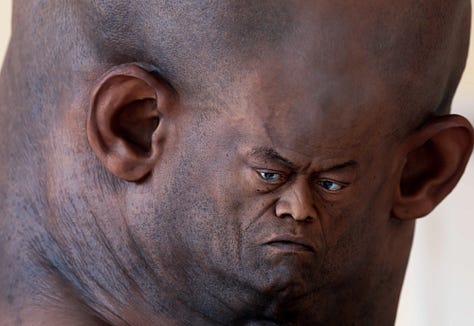
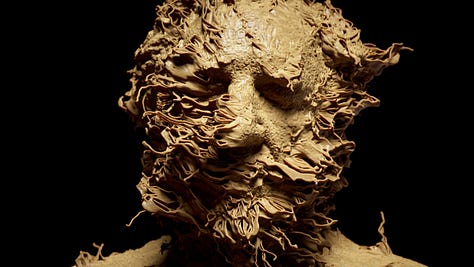
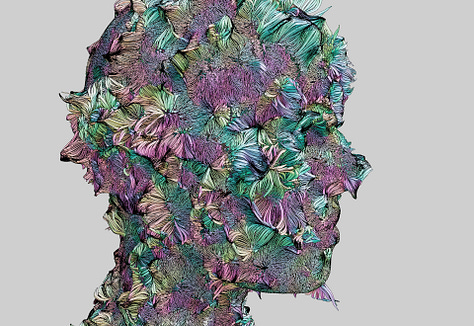
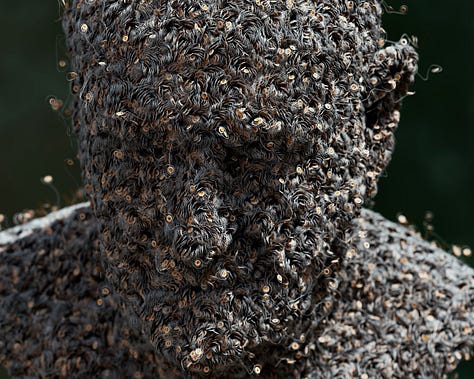
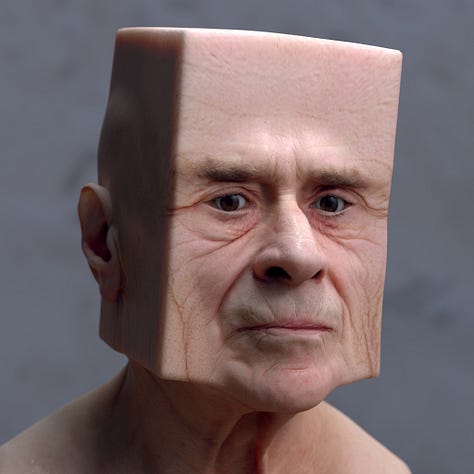
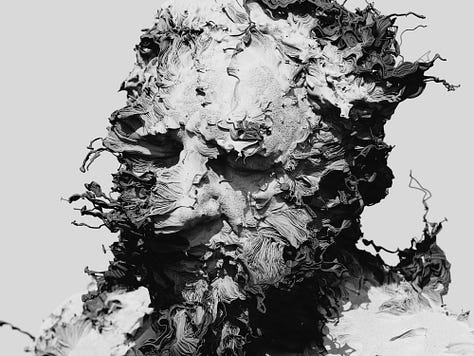
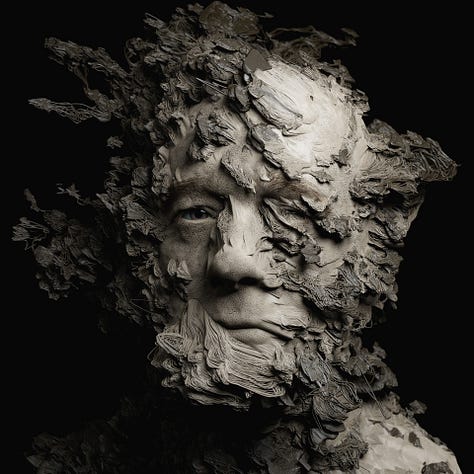
3D Tutorials
3D Job Spreadsheet
Link to Google Doc With A TON of Jobs in Animation (not operated by me)
Michael Tanzillo is the Head of Technical Artists with the Substance 3D Growth team at Adobe. Previously, I was a Senior Artist on animated films at Blue Sky Studios/Disney with credits including three Ice Age movies, two Rios, Peanuts, Ferdinand, Spies in Disguise, and Epic.
In addition to his work as an artist, Michael is the Co-Author of the book Lighting for Animation: The Visual Art of Storytelling and the Co-Founder of The Academy of Animated Art, an online school that has helped hundreds of artists around the world begin careers in Animation, Visual Effects, and Digital Imaging.
www.michaeltanzillo.com
Free 3D Tutorials on the Michael Tanzillo YouTube Channel
Thanks for reading The 3D Artist! Subscribe for free to receive new posts and support my work. All views and opinions are my own!






